.png)
Accessibility and UX in EdTech Website Design: A 2025 Guide
Key takeaways
- Accessibility and UX are fundamental pillars of effective EdTech website design.
- WCAG provides the framework for removing barriers and ensuring equal access to content.
- UX shapes how students interact with lessons, reducing friction, cognitive load, and frustration.
- Universal Design for Learning (UDL) ensures platforms support different learning styles, abilities, and engagement patterns.
- Webflow offers an ideal foundation for building scalable, accessible, and intuitive EdTech websites.
Education is a common denominator across all EdTech websites, whether they're online academies, LMS platforms, or EdTech apps, and, as such, it’s inherently tied to fairness, equal access, and inclusion. This is why accessibility and UX in EdTech website design are not optional, but a structural necessity. Still, bringing together legal compliance, intuitive navigation, accessibility features, and other aspects into a single platform so you can deliver equal learning opportunities for all is easier said than done. However, with this guide at hand, getting there has become a lot easier.
Accessibility in EdTech Website Design: Following the WCAG Framework
Accessibility in EdTech website design refers to the process of removing all digital barriers on a website so all students can access, interact with, and benefit from online learning tools and their content equally. Given that about 15% of the global population lives with disability, EdTech websites must ensure students don’t struggle with the platform when they are learning on it.
This is where Web Content Accessibility Guidelines (WCAG) come into play. These guidelines are recommendations from the World Wide Web Consortium (W3C) that explain how websites can make their content more accessible to people with disabilities through design, content, interaction patterns, and technology choices. Now, with EdTech websites, accessibility is non-negotiable.
WCAG is not a part of any law, per se. However, it is widely regarded as the benchmark for assessing accessibility. In fact, it is referenced in legal frameworks such as the Americans with Disabilities Act (ADA) in the U.S., and the European Accessibility Act (EAA), among others.
WCAG in EdTech Website Design
At the centre of WCAG are four guiding principles: Perceivable, Operable, Understandable, and Robust. These define what it means for an online experience to be genuinely accessible.
- Perceivable ensures that students can access and absorb information in multiple formats, such as video captions, readable text, responsive typography, and alt text.
- Operable deals with how students can navigate and interact with lessons, quizzes, and modules using a keyboard, mouse, screen reader, or adaptive tools.
- Understandable ensures content and interface patterns are transparent, predictable, and cognitively supportive.
- Robust is about making sure the platform is technically compatible with assistive technologies today and is quick to adapt to future ones.
There are three levels of conformance with the WCAG guidelines:
- Level A: The most basic level of conformance with minimum accessibility functions and criteria.
- Level AA: The medium range that covers Level A plus extra requirements. Usually, when WCAG is part of a legal requirement, like Section 508 of the U.S. federal law, Level AA is the norm.
- Level AAA: The highest level of conformance that encompasses both previous levels and has the strictest additional requirements.
When directly translated to EdTech website designs, these principles actually regulate interaction, navigation, media, and even how feedback is presented.
The Role of UX in EdTech Website Design
User Experience (UX) in EdTech website design is about creating a platform that is easy for learners to interact with. A well-designed one will remove any friction so that the users can go through the lessons effortlessly.
Also, it should help them stay on lessons longer and focus on what’s really important, rather than figure out how the website works. It’s up to good UX to help the learning experience on the site as smooth as possible, and here’s how it achieves that illustrious goal.
Navigation That Supports Learning Paths
Website navigation should mirror how students learn, so there should always be clear menus with consistent naming and predictable page layouts. For example, a structure like “Start Module” > “Lesson” > “Quiz” >“Next Lesson,” with contextual buttons for “Next Step” and breadcrumbs, is exactly how navigation facilitates learning.
Reducing Cognitive Load
Whenever you are faced with dense text and complex subjects, the cognitive load becomes too much and may lead to higher dropout rates. UX can lighten that burden with a calm, intuitive layout, sufficient spacing, short paragraphs, and visuals that don’t fill the entire view.
UX Controls Content Consumption
If the lessons are visually exhausting and awkward to watch, and if the text is hard to read, the students won’t return. It’s as simple as that. Now, with features such as adjustable video speeds, captions, or reader modes, the layout will make the content more approachable. With more flexibility of this kind, students will want to stay and interact longer.
UX Promotes Interaction
EdTech platforms are packed with interactions, such as opening worksheets, submitting answers, and, not to mention, the most basic one: starting lessons. Therefore, these actions must not generate frustration, which can accrue quickly if the buttons are not accessible or there’s no autosave option to track progress.
UX Supports Motivation and Builds Momentum
Good UX will keep the students moving forward by showing milestones, progress, and celebrating them. A simple bar that tracks completion rate, or a streak counter like the one on Duolingo, makes progress more visible. This practice usually builds momentum and motivation, which in turn leads to greater interaction with the platform and more hours spent on it.
Accessibility vs UX in EdTech: Same Goal, Different Path
Accessibility and UX go hand in hand in EdTech website design, as both are building blocks of a good website, but their purposes differ. Accessibility is about removing barriers for learners and users so that all can take part and interact with the product. On the other hand, UX is about shaping the experience these learners have so that not only are there no barriers, but they can also thrive.
See it this way. Accessibility asks: “Can all students access the materials?” and UX answers: “Can they understand the materials, enjoy them, and thrive in the learning environment?”
In practical terms, you’ll have captioning on the platform for accessibility purposes. In contrast, UX will ensure that the captions are easy to find and that you can toggle their size so that you can view them comfortably on even smaller screens.
Here’s a complete rundown of the differences and similarities between the two:
The Main Caveats of Accessible EdTech Website Design
Designing for accessibility in EdTech is more than just meeting WCAG requirements. With the hours learners spend on these platforms, interacting with tests, quizzes, and materials, the emotional aspect becomes part of the equation, and a design that doesn’t account for it is one of the reasons EdTech sites struggle with engagement, among other things.
The Implementation of Universal Design for Learning (UDL)
Universal Design for Learning (UDL) is a framework built around the idea that no two students learn in exactly the same way. There are differences in backgrounds, preferences, and even strengths, so the learning platform should accommodate those distinctions.
There are three key principles to UDL:
- Multiple Means of Representation: Deliver information and content in different ways to allow learners to access it.
- Multiple Means of Engagement: Provide various ways for students to engage with the content based on their interests and motivations.
- Multiple Means of Action and Expression: Give learners different options for demonstrating what they’ve learned that go beyond traditional tests and papers.
A UDL-aligned website won’t assume a single, supposedly ideal way for users to learn and design its services that way. Instead, we are talking about incorporating multiple paths through content, different ways of comprehension, and even ways of demonstrating what students have learnt.
UDL pushes designers to account for different cognitive profiles, attention patterns, and contexts when building interfaces so that they can adapt to the user, not the other way around.
Accessibility Has to Work Across Every Device
The design has to hold up everywhere students learn, not only in ideal conditions. You won’t find that many students in a room with a laptop and a headset. The site has to accommodate those who use tablets and phones and learn during commutes.
If the pages shrink awkwardly and the zoom is off, the experience on a smaller screen can quickly become frustrating, and accessibility has failed.
Accessibility Should Scale as Courses Expand
EdTech websites rarely stay small. Their content grows rapidly, with new lessons, subjects, modules, and assessments arriving week after week. That means you need to build accessible systems, not just individual pages. CMS structures, naming conventions, and design templates are all a part of a bigger picture.
8 Best UX Practices in EdTech Websites Design
Here are some of he best practices in EdTech website design that can make your platform stand out from the rest.
1. Create Predictable Navigation Paths
Students should, at all times, know where they are, what they’ve completed, and what comes next. A clear, consistent navigation system lowers cognitive load and increases learning throughput. Remember the cognitive load we mentioned earlier? This way, through visible “You Are Here” signs and “Next Lesson” CTAs, you free up students’ working memory and leave room to focus on what’s important.
2. Prioritize Simpler Layouts
The learning materials on EdTech websites are what users should be spending their time on, not the interface. By using shorter text blocks and a clear heading hierarchy, among other things, you declutter the environment and help them stay attentive longer.
3. Leverage Alt Text for Images
For users who can’t see images on your pages, add alternative text (aka alt text). The text should describe the image so that even those who use screen readers can get the gist of it. This can also help users with slower internet connections, where images just don’t load.
4. Use a Proper Contrast
According to W3C guidelines for text/image contrast guidelines, we are talking about a ratio of at least 4.5:1. Avoid using gray on a white background as well, since that hurts readability for visually impaired users. The greater the contrast, the better.
5. Use Closed Captions
Closed captions, as you’ve seen on YouTube, help people who are deaf or hard of hearing access video content on your platform and follow along.
6. Use Progress Indicators to Sustain Motivation
Motivation is fickle at the best of times and can drop suddenly. That’s why introducing visual cues of progress, such as completion bars, lesson streaks, and percentage markers, can directly increase persistence and reduce drop-off. The goal is to make learners keep on pushing, one step at a time, towards course completion.
7. Introduce Voice Control & Voice Navigation Support
Voice navigation is becoming essential for learners with mobility limitations, visual impairments, or those who simply have difficulty with keyboards and touchscreens. If you support voice controls, it will help students go through lessons with ease. Just remember to have a clear heading hierarchy so that the tools can interpret the content correctly.
8. Build with VR/AR in Mind
VR/AR are transforming the way we consume digital content, and education is no different. With 3D assets, like product models or hands-on simulations of conferences, or even virtual tours of geographical sites, you can take the UX to a whole new level.
Conclusion
Accessibility and UX are now inseparable elements of effective EdTech website design. It’s all about helping users gain access to learning and enjoy a smooth and motivating experience, and the best way to do it is by following WCAG guidelines, embracing UDL principles in website design, and applying the latest UX practices. Here, we are talking about clear navigation, simple layouts with alt text, captions, and device-friendly interfaces. The foundation of all of this starts with Webflow, a platform that lets EdTech teams design, structure, and scale with ease, without ever compromising on the learning experience. Reach out to Flow Ninja and schedule a call with our sales reps to see how we can grow your EdTech website.
FAQ
Why is accessibility so important in EdTech websites?
Without accessibility, students can’t properly engage with the platform and learn from it, which is their main intent.
Why is the WCAG framework important for EdTech website design?
The WCAG framework gives EdTech teams a structured and globally recognized standard for making learning platforms accessible to every student, especially those with disabilities.
How does UX improve learning experiences online?
Good UX reduces friction, simplifies navigation, and keeps students motivated, and so it leads to greater course completion and engagement.
What is UDL in EdTech website design?
UDL is a design framework that supports diverse learner needs through flexible content, which offers different engagement options and assessment methods.
Why use Webflow to build an EdTech platform?
Webflow allows teams to build intuitive layouts and websites that can handle large volumes of course content. Plus, with plenty of reusable components and templates, you can iterate quickly without relying on long development cycles.
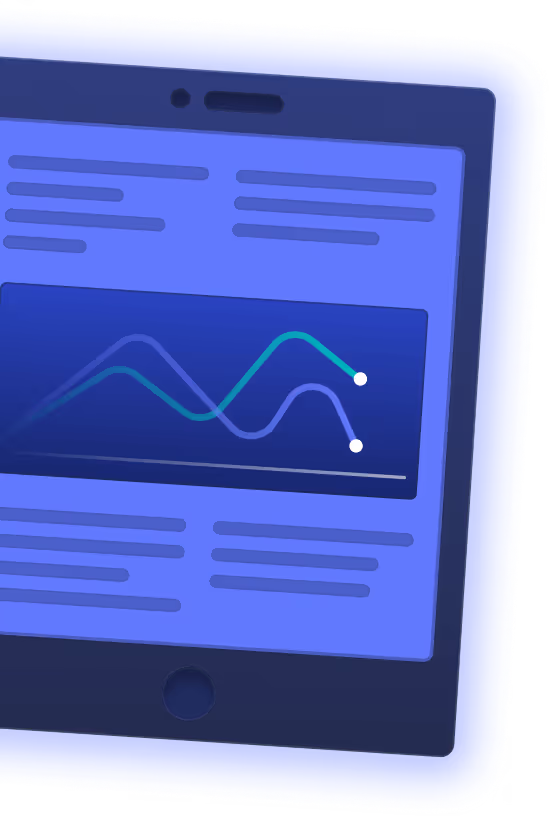
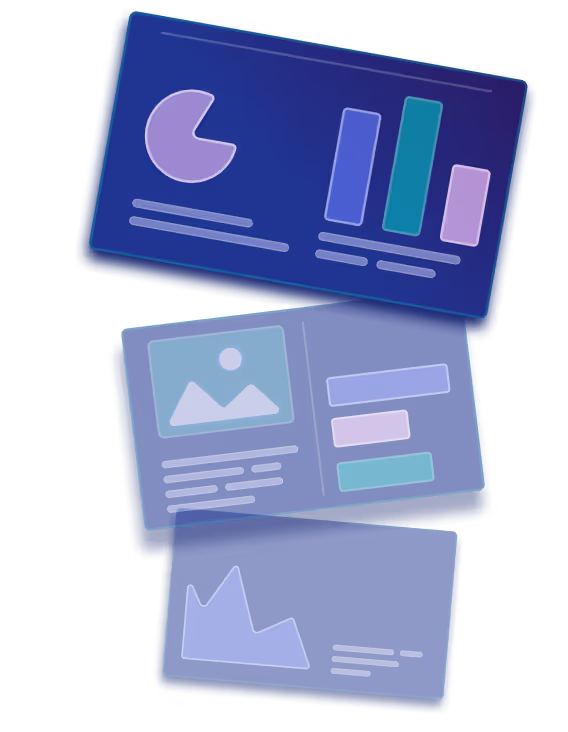

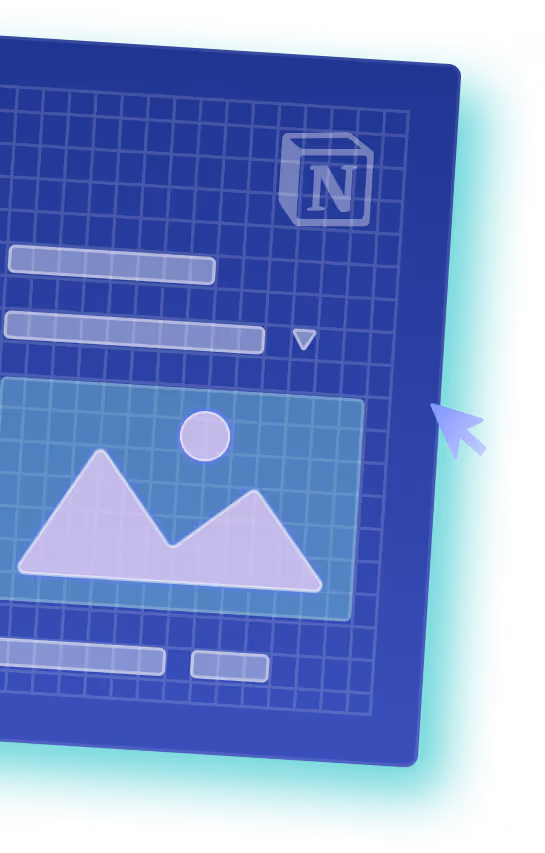
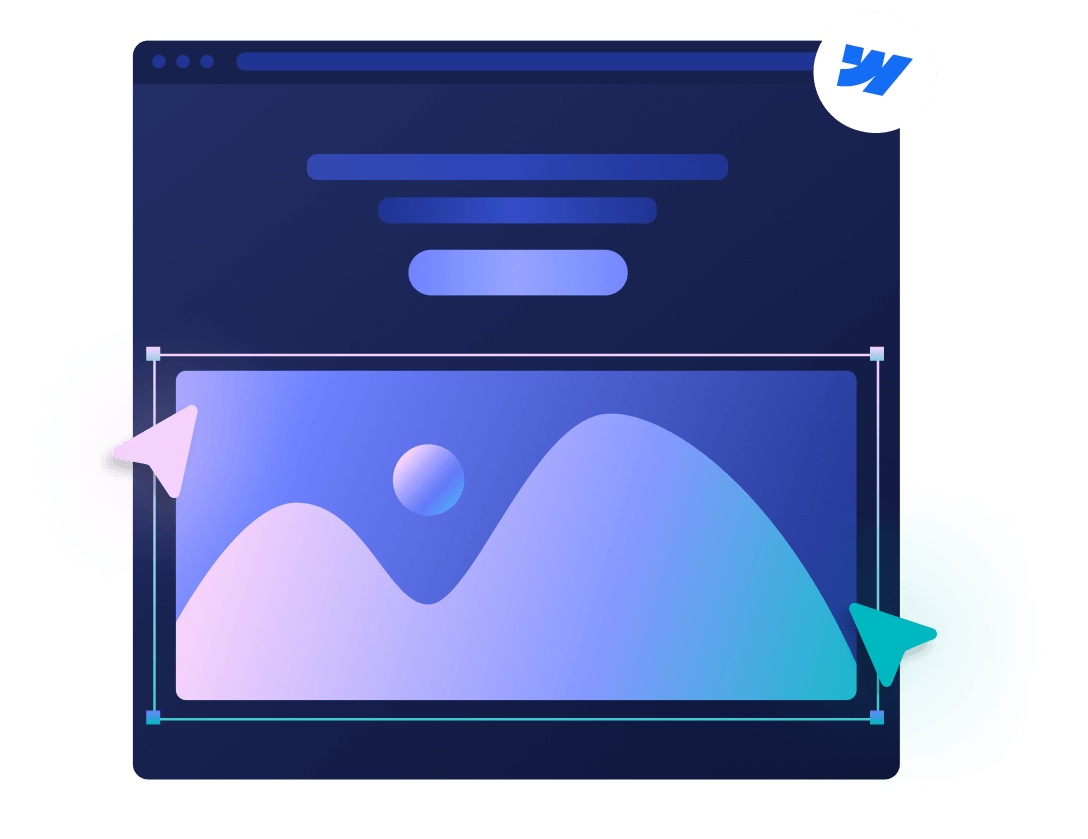

.svg)




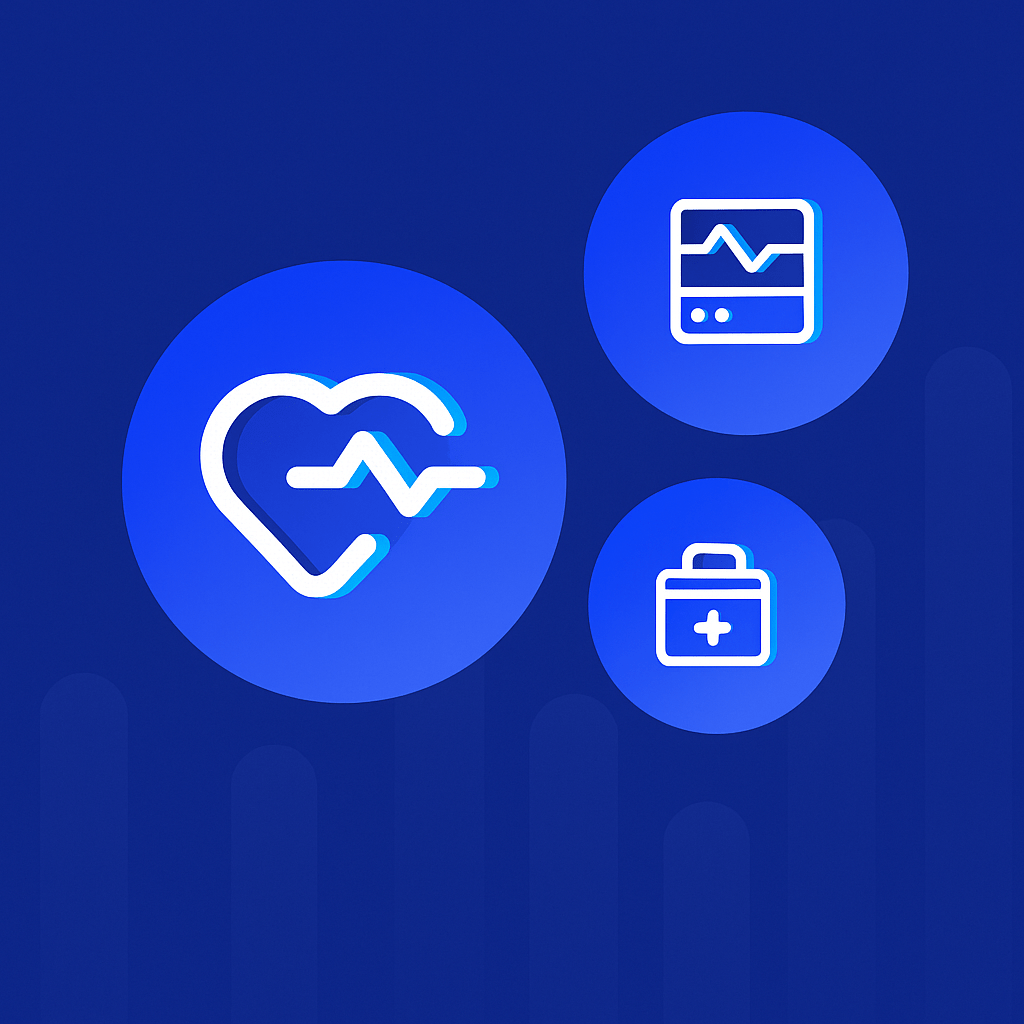

.png)
.png)

-min.png)








.svg)

.png)
.png)
.webp)
.svg)

